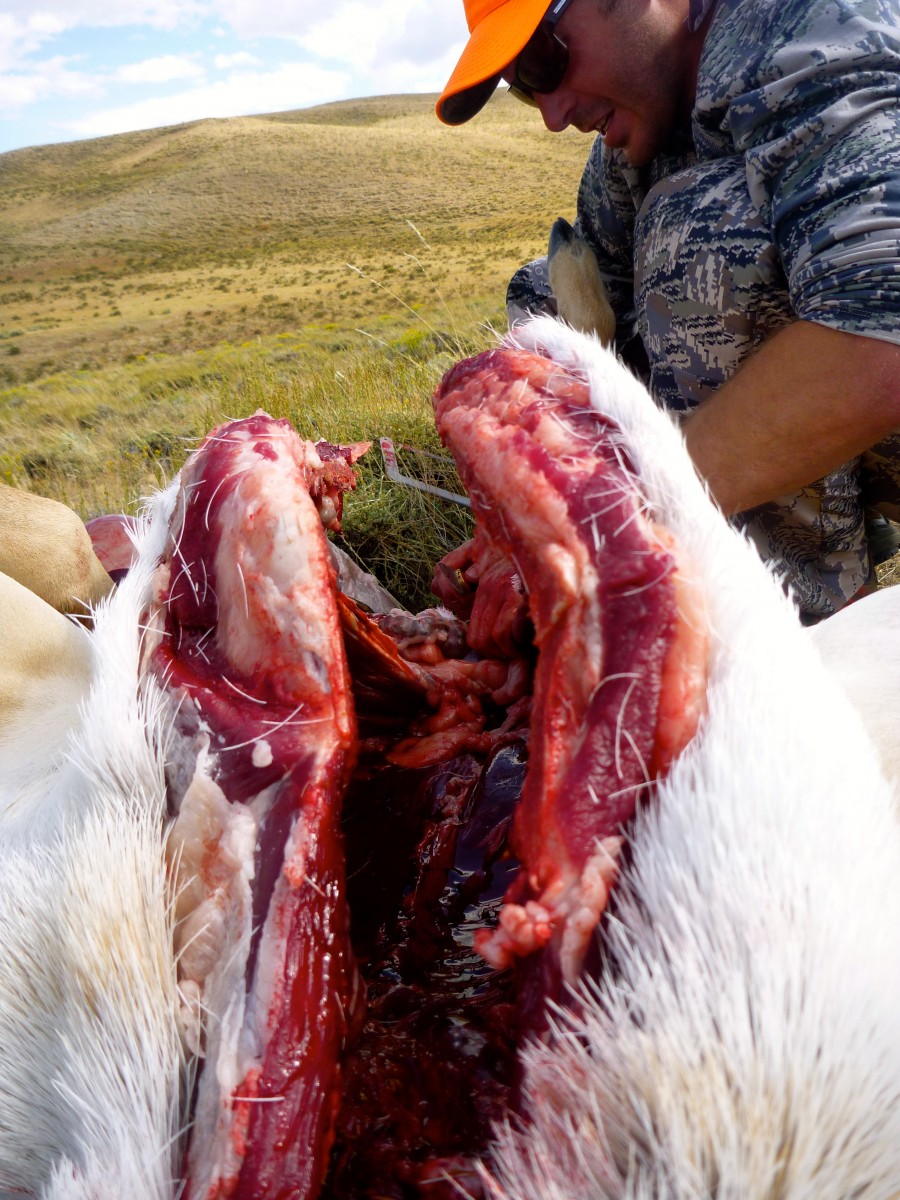Hunting License USOB

117 antelope hunt areas, 130 elk hunt areas and 171 deer hunt areas make a jigsaw puzzle of Wyoming. Each species specific area offers multiple license types, features different season dates, and is subject to slightly different permit, equipment, rack-size and access regulations. As a non-disabled, non-veteran, Wyoming resident of adult age, who is younger than 75, owns fewer than 160 acres and intends to hunt all three species, I have until May 30th to select from literally millions of possible license combinations and complete my applications. Tag season: The unofficial Wyoming State Sport of May.
Even if your state employs a simpler system (and I hope it does), the process of tag selection can be daunting. Factor in the demands of family life and the need to earn a living and it’s enough to make your head spin. Luckily applying a few simple USOB accounting* filters can help decipher the mounds of data and inform our decisions.
Filter 1: Are there critters there? It’s about the hunt, not about the harvest. I get that. But meat (M) is a principle USOB asset. Failing to bring home the bacon… not so much. In fact, repeated empty-handed homecomings can raise questions about “what you’ve been doing out there all weekend anyway” and potentially even score you a Poor Hunter (P) rating. That’s bad for your credit, making it difficult to obtain future USOB advances. Worse yet, a P rating may trigger sporting oriented quarrels, a sure fire way to take losses.
The fact that (as my wife often reminds me) you can’t eat the horns, weights quantity over quality in the critter column.
Filter 2: What’s the accessibility quotient? Time spent in the truck is a USOB liability equal to time spent hunting, even though it’s decidedly less fun. A hunt area that’s a day’s drive from home carries a non-dividend bearing USOB burden of two days which will be subtracted from future totals. This is Lost Time (L). Beyond minimizing lost time, nearby areas have the added advantage of enabling Youth Involvement (Y). At 3, my son’s no good at putting the sneak on elk… yet. But hunting close to home allows me to make crucial USOB deposits by scouting with him in the off season.
Were I to rotate a 60 mile radius around our small town, the resulting circle would include millions of acres of public land, much of it designated Wilderness, some if it the prettiest dirt on planet Earth and all of it populated by more pronghorn, elk and mule deer than people. As such, I realize that my equation might have more wiggle room than some others’. The basic algebra for calculating Area Needs (AN) remains the same though. Namely:
M+Y–(PxL) = AN
But hey, that’s just one guy’s approach. Happy hunting.
* USOB = Universal Sporting Opportunity Balance. A unit of measure, used to evaluate the strength of a sportsman’s claim to the time and resources required to get out and do cool stuff. This tool is particularly useful as life increases in complexity and competing claims become more numerous.
USOB Accounting = the method by which USOB is calculated.


I need to come hunt in Wyoming. What would I be most successful in drawing and taking as an nonresident?
Antelope provides your best chance for taking an animal, and probably your best draw odds as a nonresident (i’m uncertain on nonresident draw odds as G & F has dialed back Antelope population estimates and thus quotas pretty aggressively of late). Hunting them is a real hoot. Out in the open country it’s unlike anything else, and even doable with kids in tow. Plus pronghorn are iconically Wyoming, and oh so delicious. Come get you a speed goat!
Pingback: USOB Portfolio Boosting Tactics | Stalking The Seam
Pingback: Wapiti Wizardry | Stalking The Seam